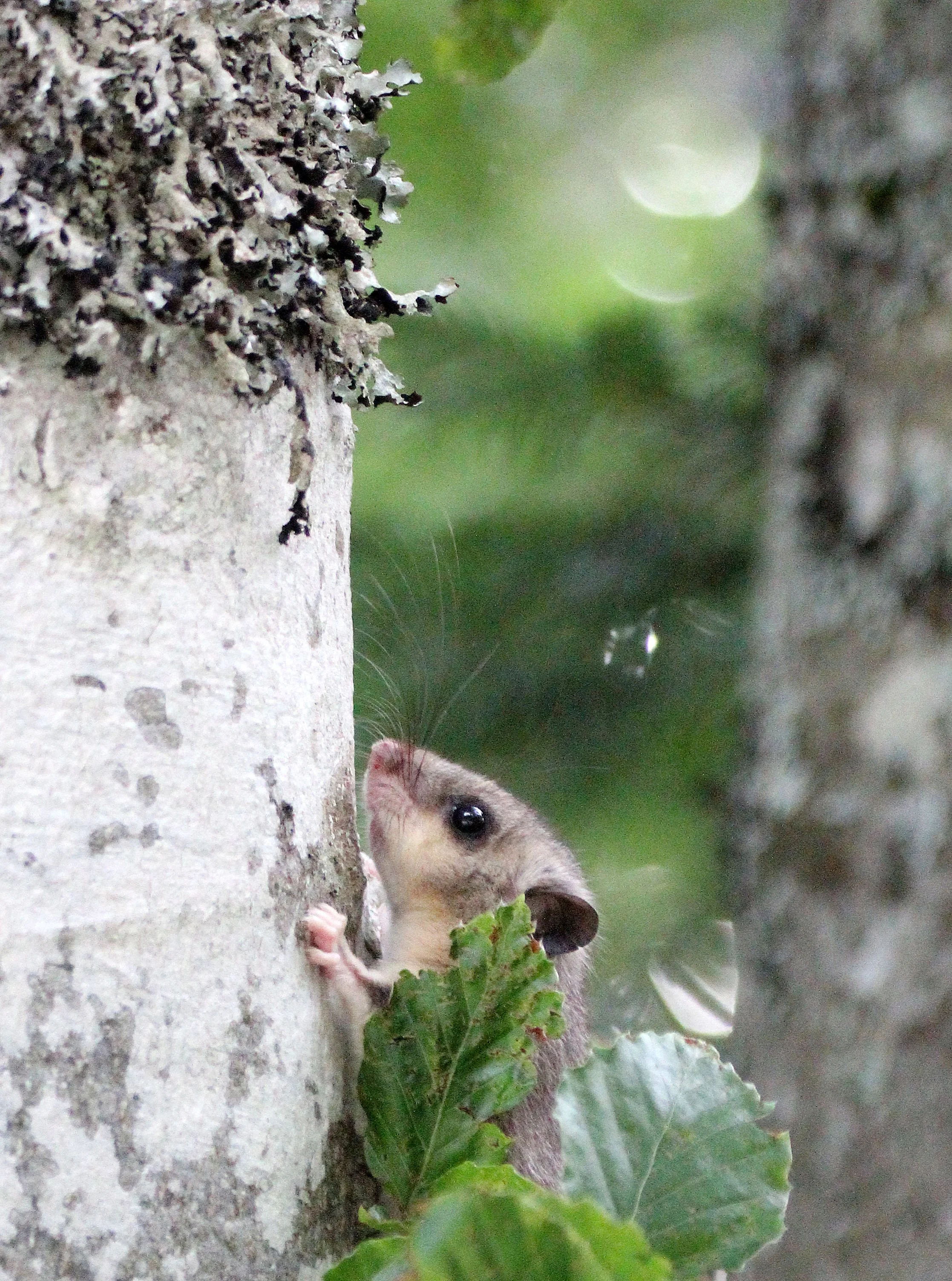A small, isolated population of Glis glis also exists in south-east England. At the turn of the 20th century, the British banker and zoologist Lionel Walter Rothschild kept Glis glis in his private collection in the town of Tring in Hertfordshire; in 1902 some of the animals escaped and reproduced, establishing themselves in the wild as an invasive species. Today, the British edible dormouse population is thought to be 10,000 strong, and Glis glis have been recorded in a 25-kilometre (16-mile) radius of Tring, mostly concentrated to the south and east. The area of distribution has been described as a 200-square-mile (520 km2) triangle between Beaconsfield, Aylesbury, and Luton, around the southeast side of the Chiltern Hills.
A distinct group of dormice ranging from along the coastline of the Caspian Sea from southernmost Azerbaijan west through Iran to Turkmenistan, was formerly classified in G. glis. However, phylogenetic analysis found it to be a distinct species, the Iranian edible dormouse (Glis persicus). Significant divergence has also been noted among other populations of G. glis, probably as a consequence of the Messinian salinity crisis, and more species will probably be split in the future.
Edible dormice inhabit deciduous forests dominated by oak and beech, from sea level to the upper limits of such forests at 1,500 to 2,000 m (4,900 to 6,600 ft). They prefer dense forests with rocky cliffs and caves, but may be found in maquis vegetation, orchards, and urban margins. They have frequently been reported from caves as deep as 400 m (1,300 ft), where they can shelter from predators.
Population densities range from two to 22 individuals per hectare. Females inhabit only very small home ranges, of 0.15 to 0.76 ha (0.37 to 1.88 acres), but males occupy much larger ranges of 0.8 to 7 ha (2.0 to 17.3 acres), with several burrows.
Edible dormice are primarily herbivorous, feeding mainly on berries, apples, and nuts. However, they are adaptable, and have also been reported to eat bark, leaves, flowers, invertebrates, and even eggs. Beech mast, which is rich in energy and protein, is an excellent source of food for young and lactating females. Some dormice are found to have hair and ectoparasite remains in their stomachs, but this is mainly due to accidental ingestion during grooming.
Edible dormice also consume large numbers of beech tree seeds. A single, large, seeding tree within the home range of a dormouse can produce enough resources to support the energy requirements of reproduction. The location and age of a beech tree helps dictate where a population of dormice live, since older trees produce more seeds.
The individuals in this gallery were photographed in Vercors National Park, Southern France.




















































